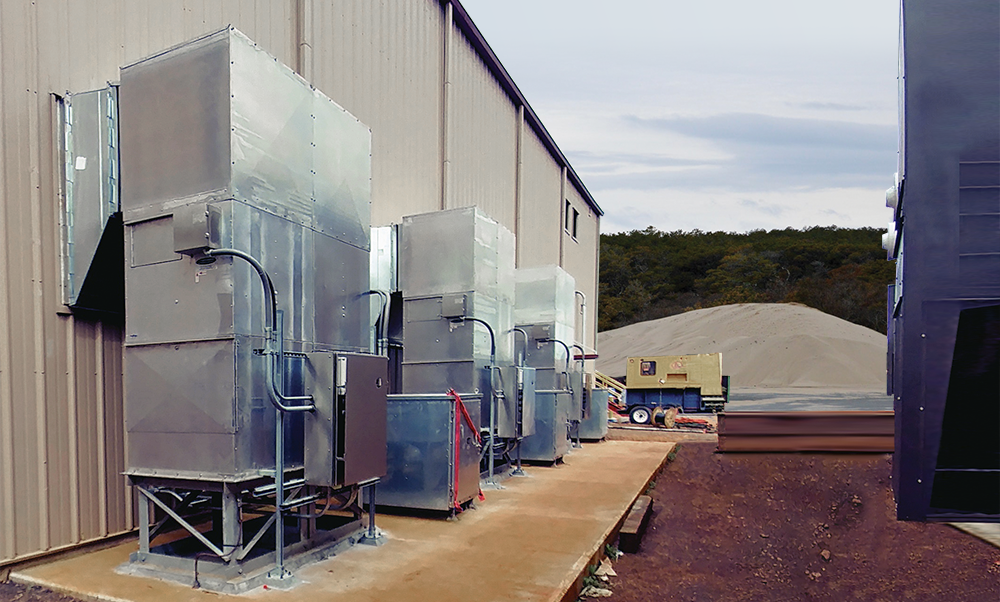Make-up Air for Smoke Control Systems for Atriums
Atriums have been a popular architectural design choice since ancient Rome. Not only do they add beauty to an indoor environment, but they also bring natural light and fresh air into the buildings. They give the impression of an outdoor environment while being indoors, making people happier and more at ease. Originally, atriums were built for natural light and ventilation. Over the last half-century though, with the domination of central air conditioning, ventilation has been ignored and atria have just become used for their aesthetic daylighting. Now, with the invention of new construction materials and techniques people are again integrating natural ventilation into atriums. This can have a cost savings on energy and cooling expenses, but it also poses big challenges when controlling fire. Read on to learn more about make-up air for smoke control systems.
Smoke Management and Control

One of the biggest drawbacks of an atrium is its openness. Controlling fire in areas where atriums are constructed can be difficult. It gets even more challenging in older structures constructed without the consideration of fire and smoke control. Atriums can cause smoke to escalate to upper levels of the building during fire outbreaks and spread rapidly.
The smallest fire can produce a lot of smoke instantly. Furthermore, smoke spreads at a rapid rate. Plus, because even mild smoke inhalation can cause irreparable damage to the body, smoke control must be a priority as a part of safety measures.
Proper heat and smoke ventilation is also important for extinguishing fires. The quicker a fire is put out the less damage the building experiences. Proper smoke management and ventilation can make a stark difference when it comes to access and visibility for fire fighters.
Because of these concerns the National Fire Protection Association has developed a unified standard measure for smoke control systems. This standard is designed to reduce property loss and more importantly save lives. It does this by establishing requirements for the design, installation, and testing of smoke control systems. This standard is known as NFPA 92. Ventilators, like automatic opening vents or jalousie window vents, are designed to meet this standard.
Make-up Air for Smoke Control
In ventilation systems make-up air is designed to “make-up” the air in an interior space that has been removed through the ventilation process. External openings for make-up air may include both small and large openings. Some make-up air points include everyday openings like doors, windows, vents, and fans. Even a heater or evaporative cooler could be considered make-up air. Other openings are designed for emergency situations. This includes jalousie window vents and other heat and smoke ventilators.
Adding a device that provides additional make-up air during a fire can significantly decrease the build-up and spread of smoke. Any large atrium designed today should consider both smoke and heat intake air in addition to the exhaust. Reliable devices, integrated with a larger building management system, are the key to control smoke spread.
The Moffitt Key Takeaway
For the sake of human safety, smoke control should be a priority. Even though atriums can make smoke control a challenge, emergency make-up air can help managing smoke effectively. Contact Moffitt today to learn more about make-up air for smoke control systems in atriums. Let us help you with your next atrium design.

